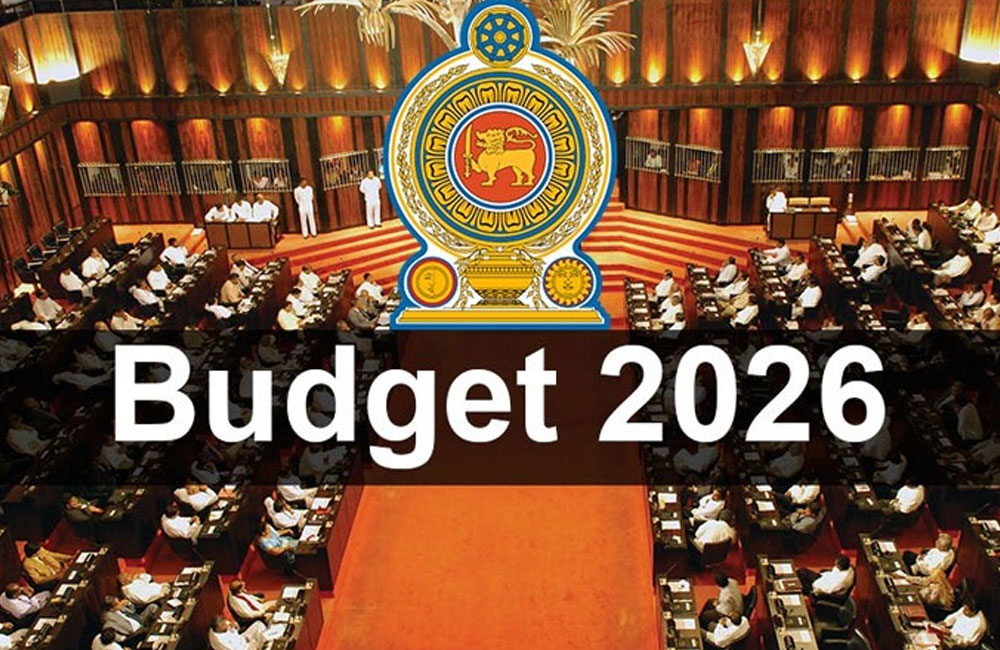Sri Lanka’s 2026 budget, tabled on November 7, presents itself as a stitch-work of fiscal discipline and political caution: headline targets a 2.3% primary surplus and government revenue nudged toward roughly 15–15.3% of GDP are presented as the pathway back to stability after the 2022 meltdown.
Yet beneath the policy slogans lies a package that shifts burdens onto a fragile private sector, tightens enforcement, and relies heavily on optimistic growth and debt-restructuring assumptions.
The arithmetic is stark. The government projects total expenditure of roughly Rs. 4,434 billion and caps new borrowing near Rs. 3,800 billion numbers that constrain fiscal space while forcing revenue measures to do much of the heavy lifting.
If revenue targets fail to materialize, the deficit and debt trajectory will reassert themselves quickly, exposing the limits of the plan.
Tax policy changes in the bill are surgical rather than sweeping but surgical cuts can still be painful.
The VAT registration threshold is being lowered from Rs. 60 million to Rs. 36 million, widening the tax net and bringing many small and medium enterprises under formal VAT compliance.
Officials argue this will boost collections and close leakages through e-invoicing and point-of-sale reporting a digital clampdown on informal turnover. But small businesses, already squeezed by higher input costs and weak demand, face compliance costs and cash-flow shocks that could suppress employment and investment.
The government also outlines accelerated digital tax enforcement: mandatory e-invoicing via POS systems and real-time reporting. That is necessary to curb evasion, but successful implementation will require training, affordable hardware, and credible taxpayer support all easy to promise, hard to deliver at scale.
External scrutiny is intense. The budget is explicitly calibrated to meet IMF program parameters and unlock donor confidence; officials say debt restructuring milestones are nearing completion and that growth will recover.
But rating agencies and independent analysts warn that fiscal consolidation may slow if growth disappoints or if social spending needs rise a reminder that the plan’s success depends less on headline targets and more on execution under adverse shocks.
In short: the 2026 budget is a narrowing corridor between conditional stability and renewed vulnerability. It bets on better tax collection, digital enforcement and investor confidence practical steps, but ones that transfer risk to small businesses and require flawless administration. Without stronger near-term growth or contingency buffers, the budget could tighten austerity into stagnation and that is the true story missing from the numbers on the front page.

Leave your comments
Login to post a comment
Post comment as a guest